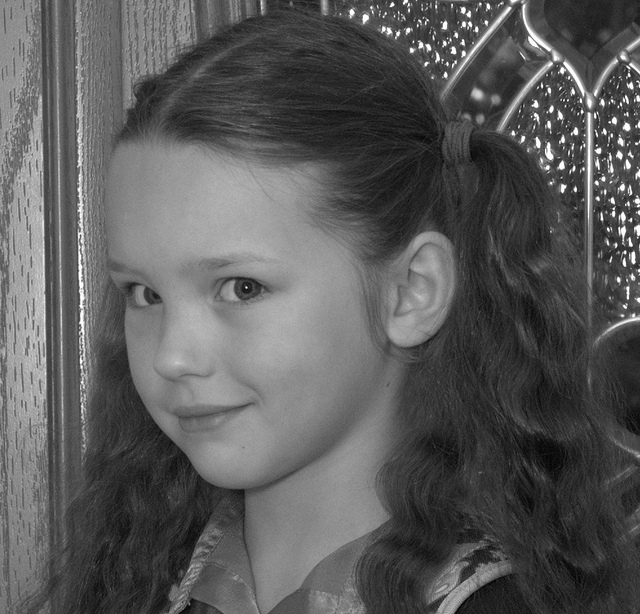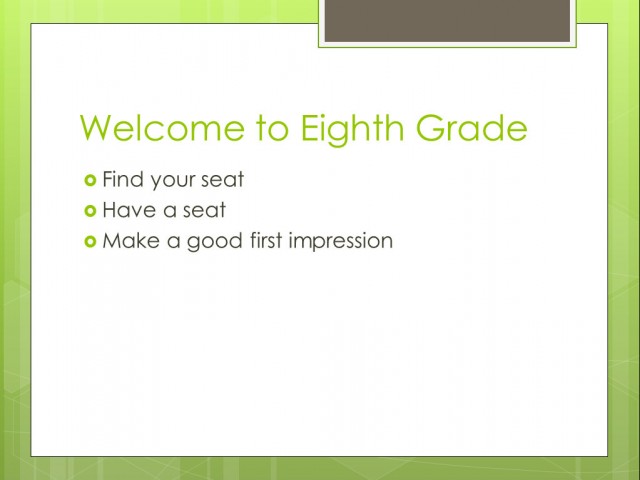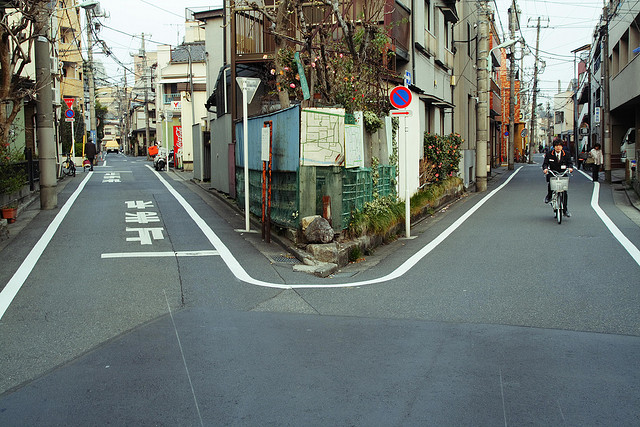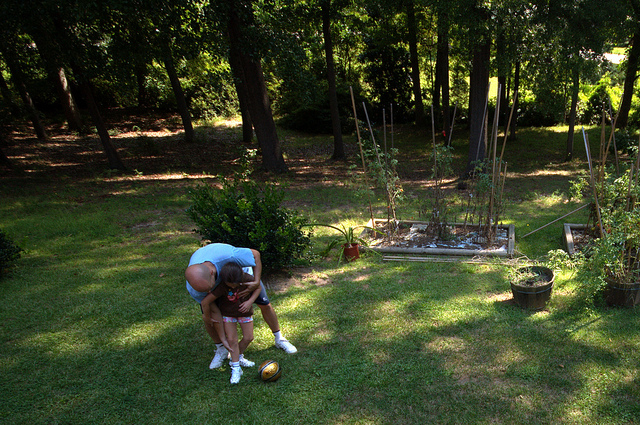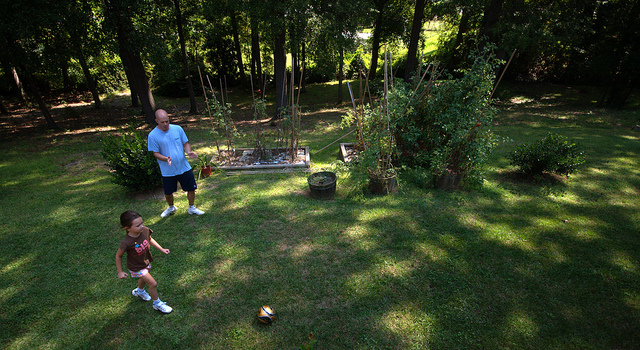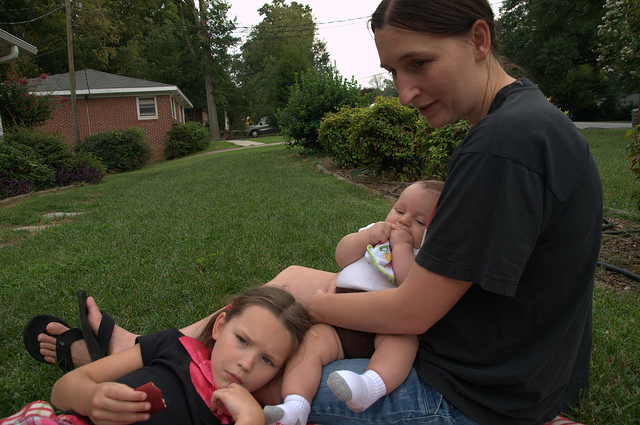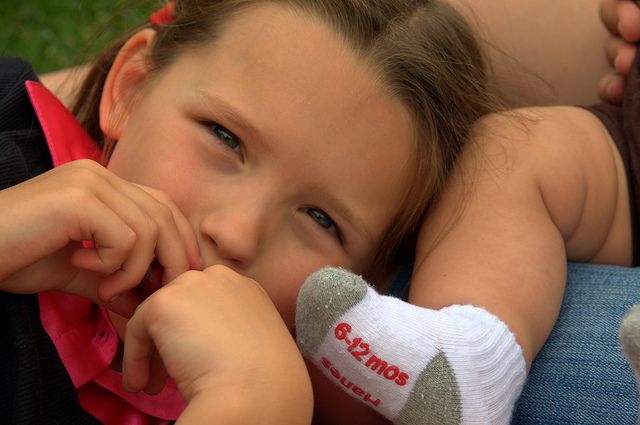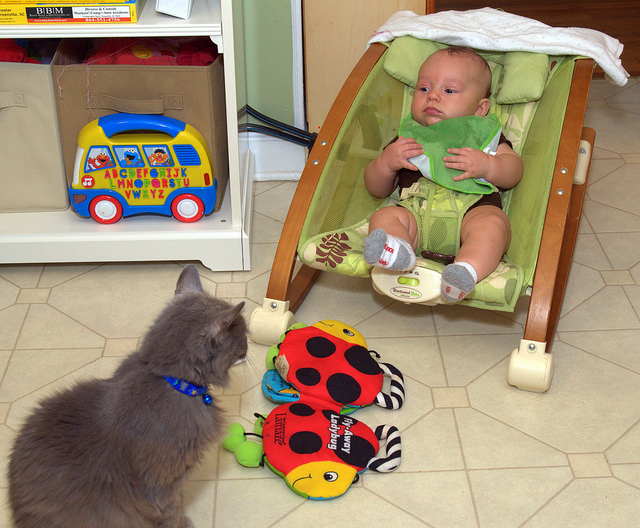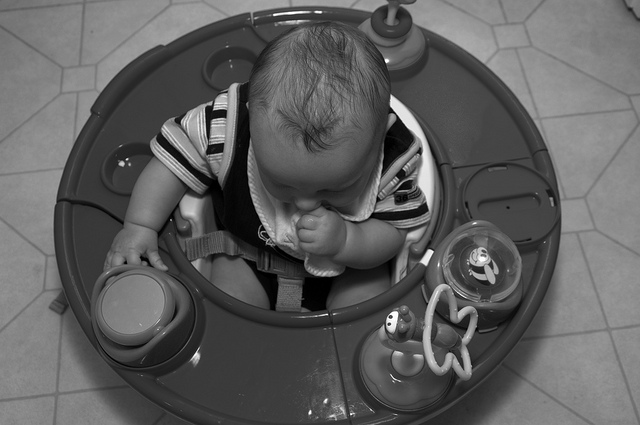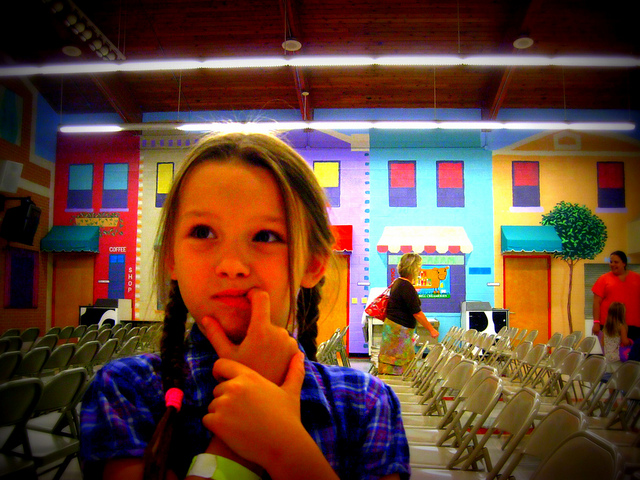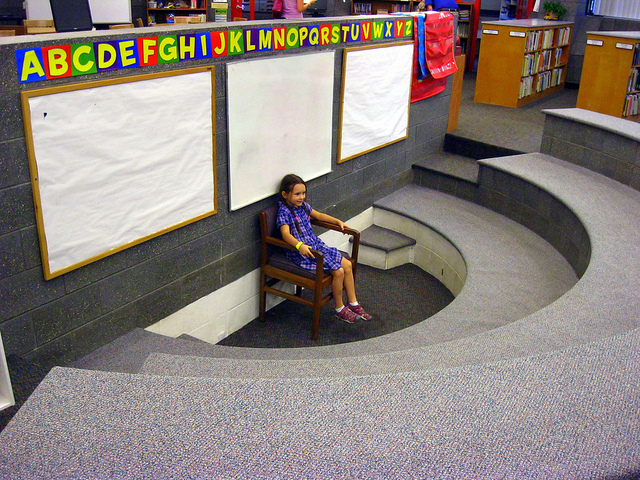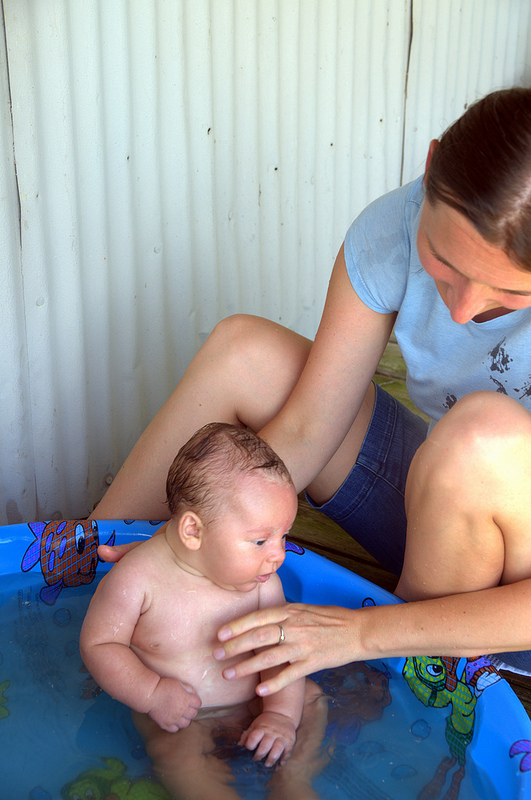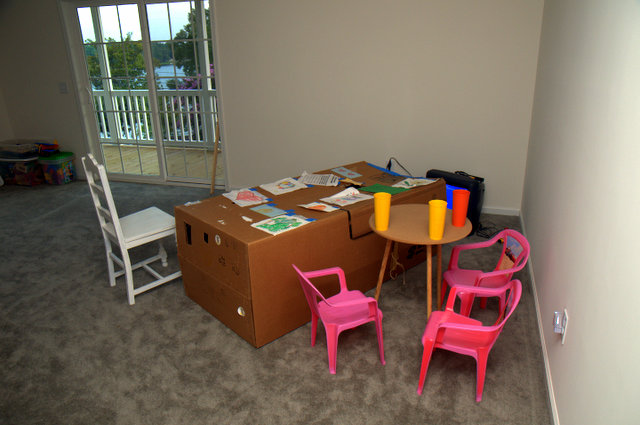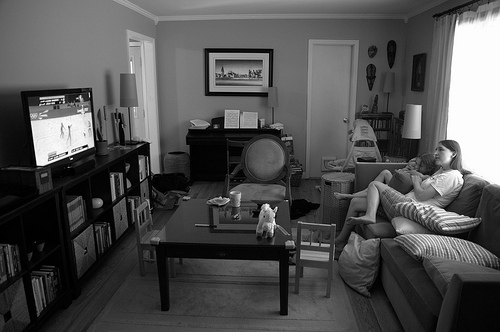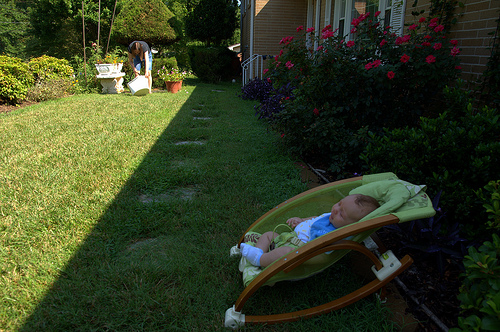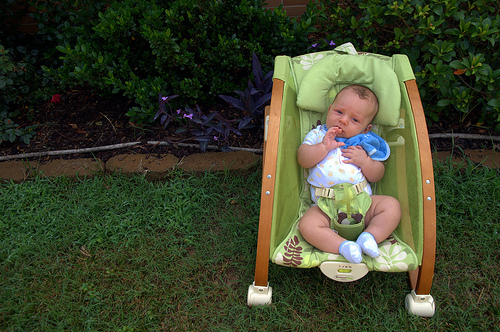It’s been a little tough for the Girl to begin school. Going from the small environment and relative freedom of Montessori to the highly organized reality of public school kindergarten would have been enough, but the color-coded “positive behavior incentive program” has added an entirely new stress. All students begin on green, it was explained to us during orientation, and students update their color as their behavior changes. Blue and purple indicate great and superior behavior; yellow and red indicate problematic and bad behavior. “Finishing on green or higher is considered a successful day,” said the principal.
L’s goal from the beginning: straight purple. Her first day, she came home with purple; her second day, blue. A few days later, the unthinkable: green.
“I hate those colors,” K admitted shortly afterward. “Why do they even need that system?”
I understand the reasoning, though. Public school lumps together children from a variety of backgrounds, with parents who have more or less effective parenting skills. In short, there arrive at kindergarten children who aren’t very well behaved. They must learn the social skills necessary to make it through school successfully, and such a system is an attempt to foster a certain (edu-speak alert!) behavioral metacognition.
But for children who already have those skills? And for children like the Girl, who already have those skills plus a healthy dose of OCD perfectionism? It’s stress.
And then the email arrives from L’s teacher, Ms. B:
Good Afternoon! I just wanted to take a moment and let you know what a joy L is to have in class. She has such a sweet personality and is so much fun to teach. I can’t wait to get to know her better and let her show me how smart she is. Thank you for sharing her with me.
Thank you, Ms. B.
